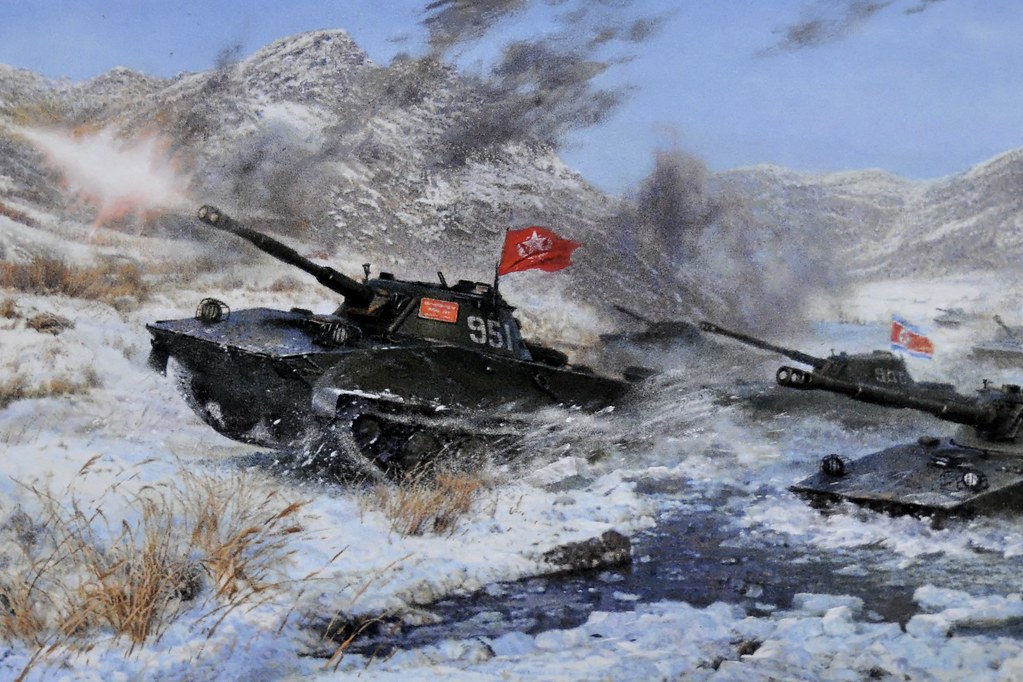The Peninsula
South Korea’s Changing Designation of the “Main Enemy”

President-elect Yoon’s transition team announced a plan to designate North Korea as the “main enemy” following recent missile tests. This reaffirmed Yoon’s campaign promise to pursue a tougher stance against Pyongyang. The designation has a history – one that reflects Seoul’s short-term outlook on the prospect of inter-Korean engagement.
Seoul first designated Pyongyang as the “main enemy” after a North Korean general threatened to turn Seoul into “a sea of flames” in 1994. The conservative South Korean government responded by including this term in its 1995 Defense White Paper. However, the conservative government’s stance softened as North Korea faced major flooding and famine in subsequent years.
The progressive government in 1998 formally lifted the designation of “main enemy” as the two governments pursued engagement, culminating in the 2000 Inter-Korean Summit. Defense White Papers published under the following progressive government in 2003 further emphasized the de-escalation of tensions by excluding the term in describing North Korea.
However, the government re-designated North Korea as the “main enemy” in 2010 after its armed forces scuttled a South Korean naval vessel in March and bombarded an island in the Yellow Sea in November. However, the current progressive government removed the term once again in the 2018 Defense White Paper, reflecting reconciliation efforts following the 2018 Pyeongchang Winter Olympics. The potential re-designation of North Korea as the “main enemy” by the incoming Yoon administration reflects the current security environment on the peninsula.
This briefing comes from Korea View, a weekly newsletter published by the Korea Economic Institute. Korea View aims to cover developments that reveal trends on the Korean Peninsula but receive little attention in the United States. If you would like to sign up, please find the online form here.
Korea View was edited by Yong Kwon with the help of Kayla Harris, David Lee, Sarah Marshall, and Mai Anna Pressley. Picture from the flickr account of Stefan Jentsch
